Parkland Response
February 28, 2018
Leading up to our Issue 5 Centerspread Special Report, Tower has put together a series of pieces on the Parkland shooting, the response to it, and how Masters is dealing with the issue of safety and security. Keep checking this for updates and new articles.
PART I: ROMANTICIZATION OF KILLERS
The day following the school shooting in Parkland, Florida, thousands of American citizens were rightfully disgusted by the horrific nature of the crime. Many wished to see the alleged perpetrator, Nikolas Cruz, brought to justice, some hoping for life in prison, others for the death penalty. Despite this, members of a secluded community on the blogging platform, Tumblr, were creating blogs in fondness for the heinous murderer. Allow me to introduce you to the True Crime Community (TCC).
On the surface, the platform appears to be a place where those with a similar interest in criminology discuss forensic psychology and crime scene analysis. However, when delving deeper, one discovers the revolting underbelly; the TCC is also used as a place for hybristophiliacs, individuals attracted to those who commit violent acts.
The community is sickening to explore. It is largely composed of teenage girls, in love with murderers like the Columbine shooters, Dylann Roof and most recently, Cruz. They tend to sympathize with them, blaming their acts on their bullies or their mental illnesses. They paint the killers’ stories to be romantic tragedies in which they were forced into a corner where their only choice was to kill. It is true that bullying undeniably plays a role in an individual’s likelihood of committing horrific acts; Bullying victims are twice as likely to bring a weapon to school and more than half of mass shootings that took place in the United States from 1900 through 2017 were carried out by people who had either been diagnosed with a mental disorder or displayed symptoms of serious mental illness prior to the attack. However, this by no means excuses the killers’ actions as members of the TCC allude to.
Many of those who run these blogs post fictional stories about the killers, celebrate their birthdays, mourn their death days and send fanmail to their prison cells. These blogs give the killers the attention they dreamt of when committing their barbaric acts. The bloggers typically possess a characteristic insolence, both victim-blaming and laughing at the victims. Not only are these blogs incredibly disrespectful to the families who lost loved ones, but they also give killers gratification for their actions.
Perhaps there is a way to deal with this issue of romanticization. By custom, media outlets do not report troop movements or the names of underage rape victims, and it tends to follow certain guidelines when reporting on sensitive topics like suicide. If deranged, lonely and romantically unsuccessful young men are willing to kill, to gain fame in a world that they feel has abandoned them, we as a society should not give them what they want: an audience.
Other nations have enacted these changes. France, for example, banned its media in 2016 from showing the names or faces of those who have committed terrorist acts. And while the ban was enacted too recently to see if this change will have the desired effect of reducing copycat crimes, it is a step in the right direction, and can and should be studied more closely. Though the United States would be unable to enact any kind of formal ban due to the protections of the first amendment, media outlets could take it into their own hands and decide not to provide killers with screen time.
And this isn’t just an issue of what effectively deters these disturbed individuals from committing horrific acts. It’s also an issue of morality. Do we, as a society, feel that shooters should be given what they want, and rewarded for their cowardly murders? Absolutely not. By cutting off, or significantly lowering, their chances of media attention, we ensure that copycat killers know that if they kill, they will not be allowed to gain adoration nor notoriety for it.
-Sophia Brousset and Elijah Emery
PART II: GUN LAWS AND THE PARKLAND SHOOTING
America doesn’t lead the world in many things, but we are number one in gun deaths. Our laws need to catch up to those of other nations around the world. Shootings like Parkland can easily be prevented.
In Japan, for example, it’s extremely difficult to acquire a gun. You must attend an all day class, pass a shooting test with a grade higher than 95% and undergo various mental health, drug and criminal background checks Your work colleagues and relatives are checked as well. Handguns are banned; only shotguns and air rifles are allowed. The gun itself must be stored in a separate location from the ammunition, under lock and key, monitored by the police. To renew your license, you must go through this process every 3 years. As a result, Japan, with a population of 127 million people, loses less than 10 people to guns each year.
The last mass shooting in Australia was in 1996. 35 people were killed, and 18 injured by a gunman using an AR-15. Just a few weeks later, Australia banned semi-automatic and other military-grade firearms. The government bought back guns and stopped importing them. Australia has not had a single mass killing since.
If American lawmakers really do care more about the rights of children to survive the school day than the rights of gun owners, they need to start acting like it. While the Constitution says that you have the right to own guns, it also said at one time that you have the right to own slaves. Times change, and we need to be changing too. It’s time for America to follow in the footsteps of the rest of the world and start caring more about lives than guns.
-Sarah Faber
PART III: PSYCHOLOGY BEHIND SCHOOL SHOOTINGS
In recent years, nonstop media coverage of school shootings has sensationalized mass killing, leading the idea to dominate the American psyche, though shootings impact far fewer people than issues like car accidents and the opioid epidemic. As schools throughout the country instruct their students with lockdown drills and media personalities discuss the murderers’ evil motives for hours on end, it gives rise to a question: What role does human psychology play in America’s relationship with these shootings and the lives of those who commit atrocities?
Mental health issues often serve as an automatic explanation of school shooters’ sinister motives. While it is evident that any school shooter has anger management issues, mental health issues as a blanket statement behind shooters’ reasoning do not fully encompass the complexity of their decision. After perpetrators like Nikolas Cruz (Parkland School shooter) and Adam Lanza (Sandy Hook school shooter) committed their crimes, a long history of mental health problems was revealed. But, mental health issues are not always the sole reason for shooters to commit their atrocities, and an assumption of such adds unnecessary negative stigma to mental illness and is an oversimplification of the issue which does not take familial situation and personal background into account.
While the overwhelming majority of people with mental health issues of any kind do not commit violent acts, it remains noteworthy that the overall number of people being diagnosed with some sort of mental health issue has been increasing.
The nation has been seen hiking numbers of mental health issues in recent years, with anxiety and depression being diagnosed at ever-increasing rates. While violent acts cannot, and should not, be pinned solely on individuals with mental health issues, they cannot be ruled out as an important contributor to many shooters’ murderous decisions.
Along with the advent of technology and social media, it became easier than ever to voice what might have once been quietly simmering thoughts in one’s head into more tangible written statements online. The opportunity to write their opinions online, whether in chat rooms, on websites or on social media, adds validity to horrifying ideas, protected by a shield of anonymity and online freedom of speech. Murderers such as Cruz, who killed 17, alluded to their twisted ideas and plans in various online communications with peers and in online comments. Cruz also noted in a flagrant foreshadowing of his violent actions in a comment on YouTube that he would become a professional school shooter.
The internet, where previously isolated killers can find online communities, groups with an affinity for violence, or others with similar thoughts, has certainly had a strong effect on cultivating their troubled mindsets. In addition, shooters have been shown to use online resources to comment on their own issues, which can serve as warning signs, such as problems with others or feelings of isolation.
Another facet of the complicated backgrounds of school shooters is the idea of masculinity and gender roles in a changing society. The overwhelming majority of school shootings are committed by males and are three times more likely to occur in the South or West than other regions of the United States. Psychology Today reported in a noteworthy article that the Southern and Western United States also overwhelmingly tend to value masculine honor more than their Northern brethren; the South and West also tend to legislate gun laws which are far laxer than in other regions of the nation.
The correlation between culture and school shootings is worth noting in states where honor, and the protection thereof, remains a strong part of dominant culture (along with easier access to guns). With an unhealthy idea of excessively protecting or asserting one’s honor from challenge or violation, comes violence. Several shooters in recent years, including Cruz, had lived with a history of romantic or social issues which would have affected the shooters’ honor.
Meanwhile, the American public has been bombarded with school shooting coverage, with news outlets reviewing the same stories for weeks or even months. Though students are at a greater technical risk while driving to work or school in the morning, the idea of school shootings has manifested itself deep in the American subconscious mind. Locked doors, lockdown drills, and identification key cards have become features of everyday life at Masters and schools throughout the nation. Vigils are held, prayers uttered, and firearm politics bitterly fought over in state and federal legislative bodies, but the question still remains: How will the nation collectively address the psychological issues which have led so many school shooters to commit their crimes, and the psychological impact which school shootings are having on everyday Americans?
-Jacob Strier
PART IV: PARKLAND SHOOTING SPURS CALLS FOR CHANGE AT MASTERS
On Feb. 14, America was rocked by the deaths of 17 high school students at Marjory Stoneman Douglas High School in Parkland, Florida. The massacre, the deadliest since the 2012 Newtown massacre, intensified the national debate on gun control, especially concerning proposals to ban assault weapons like the AR-15, which was used during the shooting.
The day after the massacre, Head of School Laura Danforth gathered the student body in the Claudia Boettcher Theatre to address the massacre and its impact on the Masters community. Danforth, after a moment of silence, stated that Masters will reevaluate its security policies and place a larger emphasis on the safety of the campus. Danforth also said that in the near future, she will select a group of administrators, faculty, and students to analyze current campus safety measures and their effectiveness.
After Danforth’s speech concluded, history teacher Brendon Barrios, a survivor of the Virginia Tech massacre of 2007, took the stage and discussed how Masters needs to remain unified in light of the shooting.
In response to the shooting, Upper School Science Teacher Elisabeth Merrill helped organize a protest in Dobbs Ferry on the afternoon of Feb. 16. Merrill, after seeing negative responses to a Facebook post about organizing a protest in Tarrytown, was compelled to create a one in Dobbs Ferry. “I didn’t expect people to be negative about protesting the shooting, so as a result, I wanted to organize a protest that would help create awareness and wake people up,” she said.
“It was a way to continue the surge of activism in America, which is telling the government that we are coming for them so that they can create solutions for horrific issues such as Parkland,” Merrill said.
Other members of the Masters community have also responded to the shooting. Seniors Sophie Cohen, Marissa Demers, Dexter Kalderon, June Kitahara, Kat Roberts and Heather Smith have created an “action plan” to call for gun control. Encouraging students at Masters and other schools to call their representatives, they’ve distributed scripts for phone calls as well as phone numbers for New York’s representatives. The group has also worked with Merrill to organize future phone-a-thons to raise activism for gun control.
Additionally, junior Elijah Emery was able to organize a walkout at Masters on Feb. 28 for the Masters community to stand in solidarity with the Parkland victims. Most students attended the walkout, at the end of which Emery briefly spoke.
Despite the number of school shootings that have occurred in most Masters students’ lifetimes, the Parkland shooting has greatly resonated with students. Junior Emma Goodman said, “You see all these shootings happen across the country and it’s a common occurrence now. Although I think Masters is incredibly safe, it is a huge open campus, so there is a possibility that one day something could happen. I hope it won’t happen, but at the same time, it’s not guaranteed not to.”
-David Oks and Drew Schott
PART V: THE PREVENTABILITY OF THE PARKLAND SHOOTING
Nikolas Cruz, the 19 year old gunman responsible for the deaths of 17 people at Marjory Stoneman Douglas High School, had a troubled past. He had been expelled for carrying a knife to school. He showed warning signs of violence–sending his friends pictures of small animals he had killed, posting pictures of dead animals and weapons on social media, and fighting with classmates. He even posted a comment on a Youtube video stating that he wished to be “a professional school shooter.” Despite these red flags, in his home state of Florida, Cruz was able to buy two AR-15 rifles.
The FBI reported in a statement issued Friday, Feb 16 that someone had tipped them off about Cruz’ suspicious behavior on Jan 5. According to the FBI’s report, the tip detailed “Cruz’s gun ownership, desire to kill people, erratic behavior and disturbing social media posts, as well as the potential of him conducting a school shooting.” However, this information was never passed on to the Miami Field Office.
If the FBI had handled the tip better, 17 people might still be alive.
-Sarah Faber




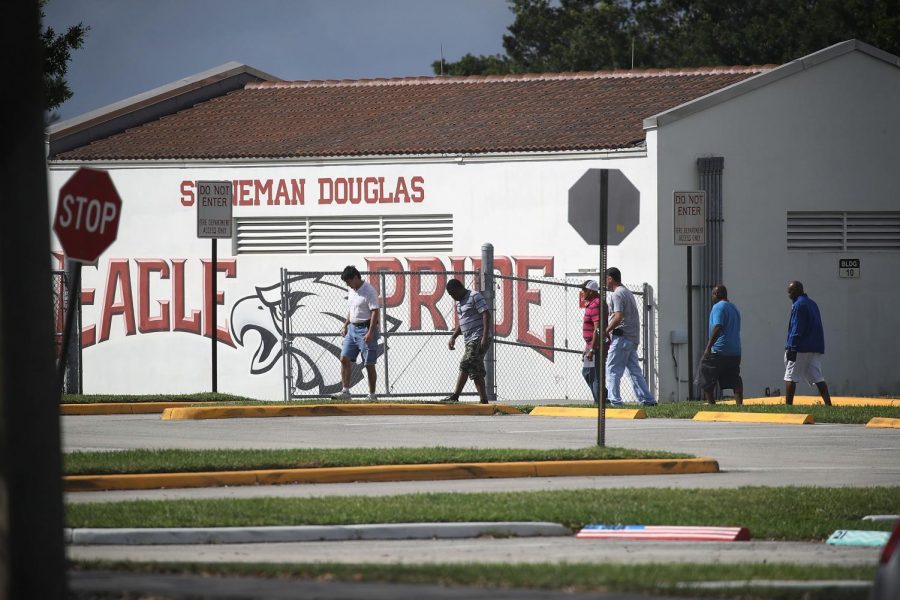
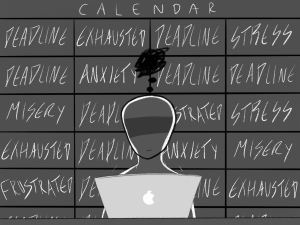



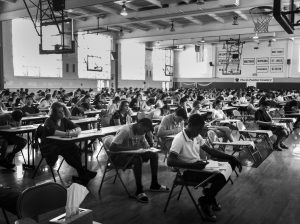




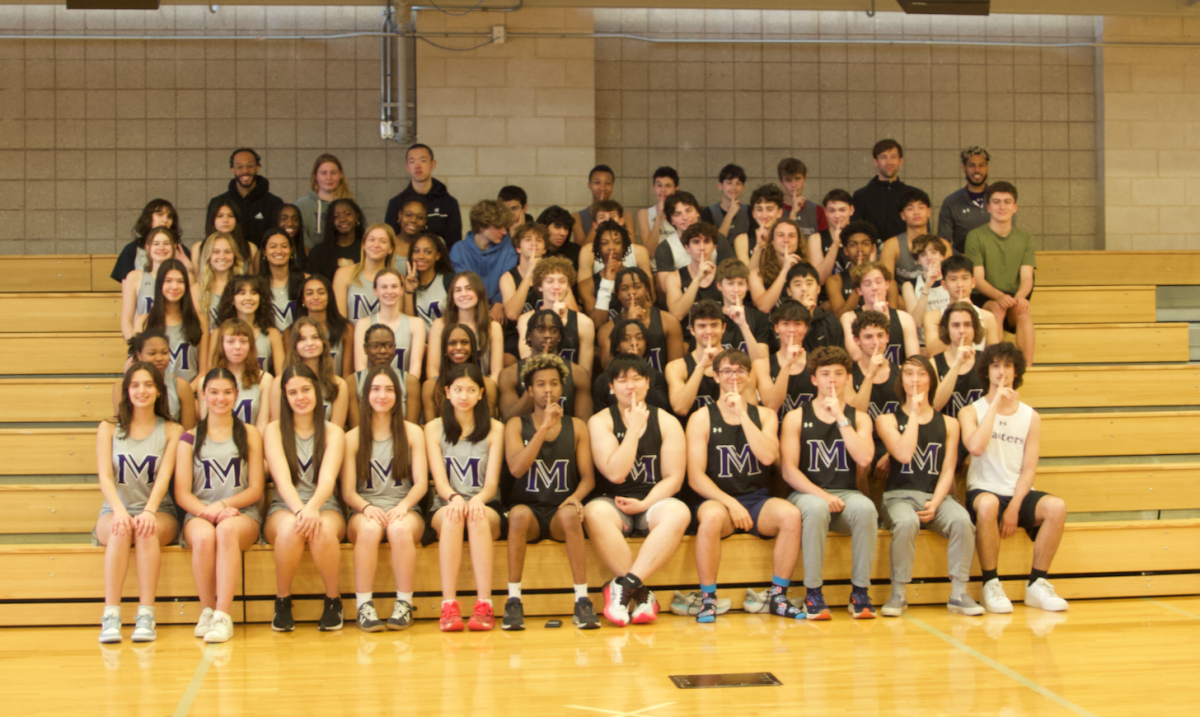
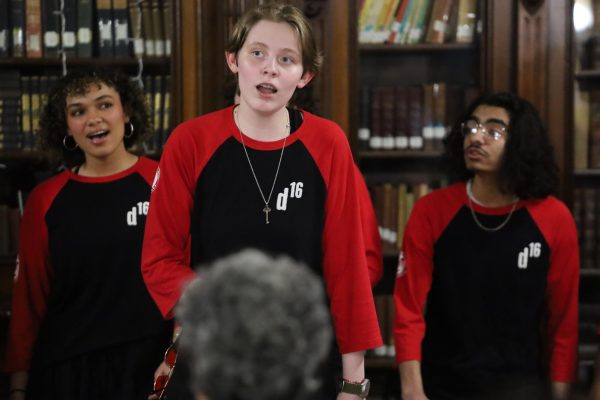


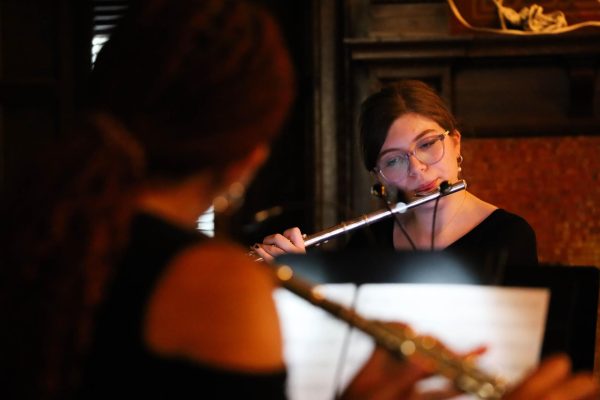
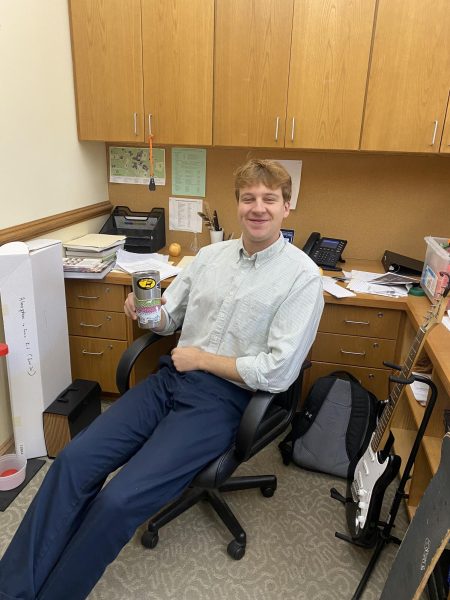
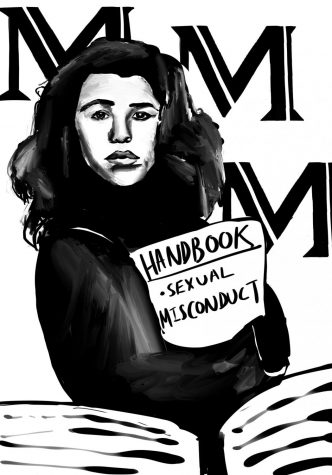
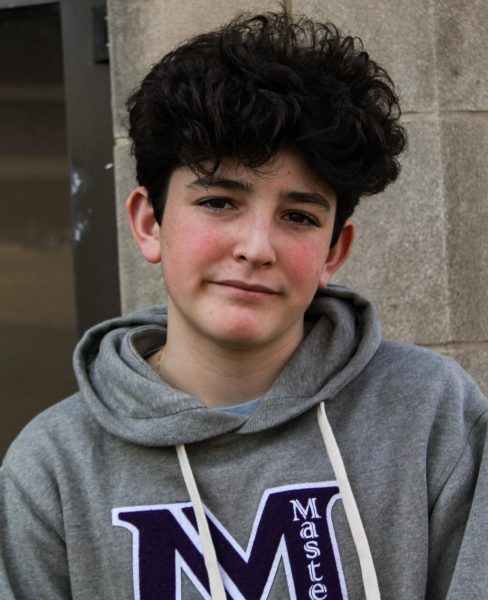

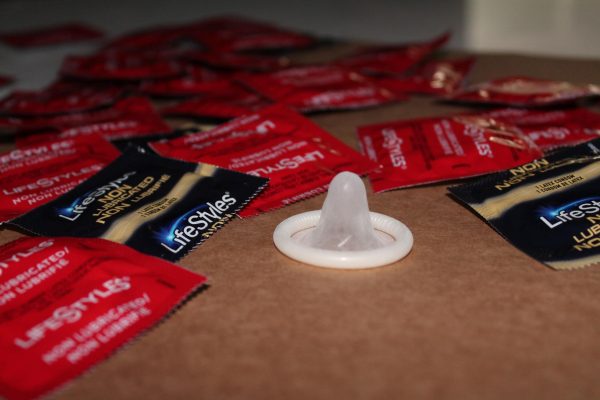
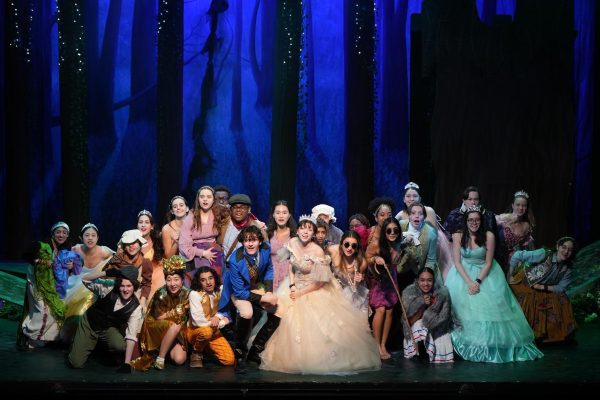
Buyviagraonline • Mar 14, 2018 at 7:29 PM
Thanks a lot for the post.Really thank you! Much obliged.
Barone • Mar 10, 2018 at 5:29 AM
Thank you, Marette!